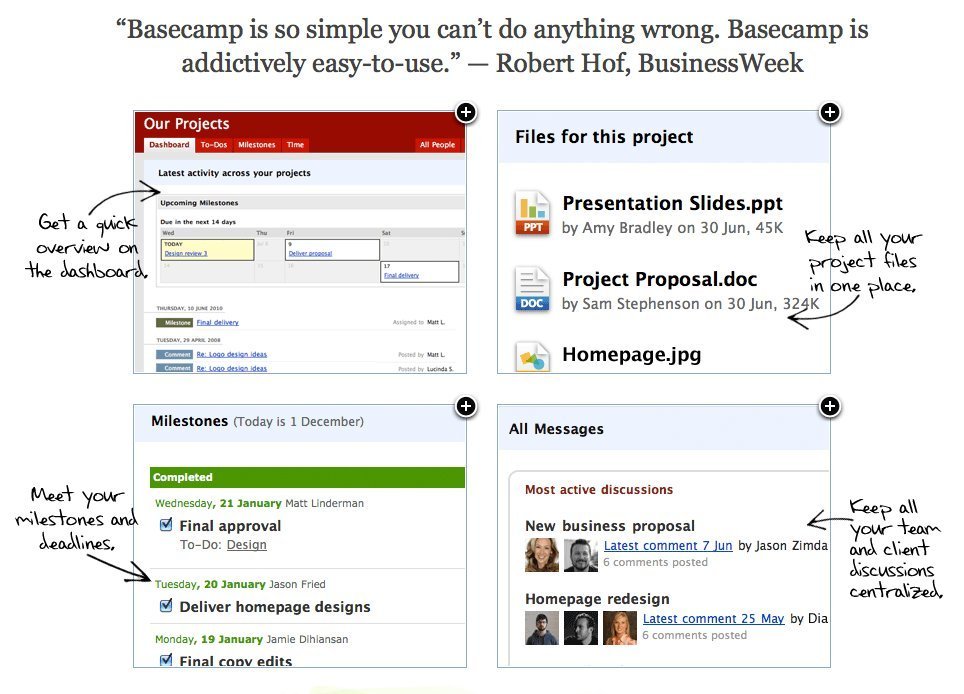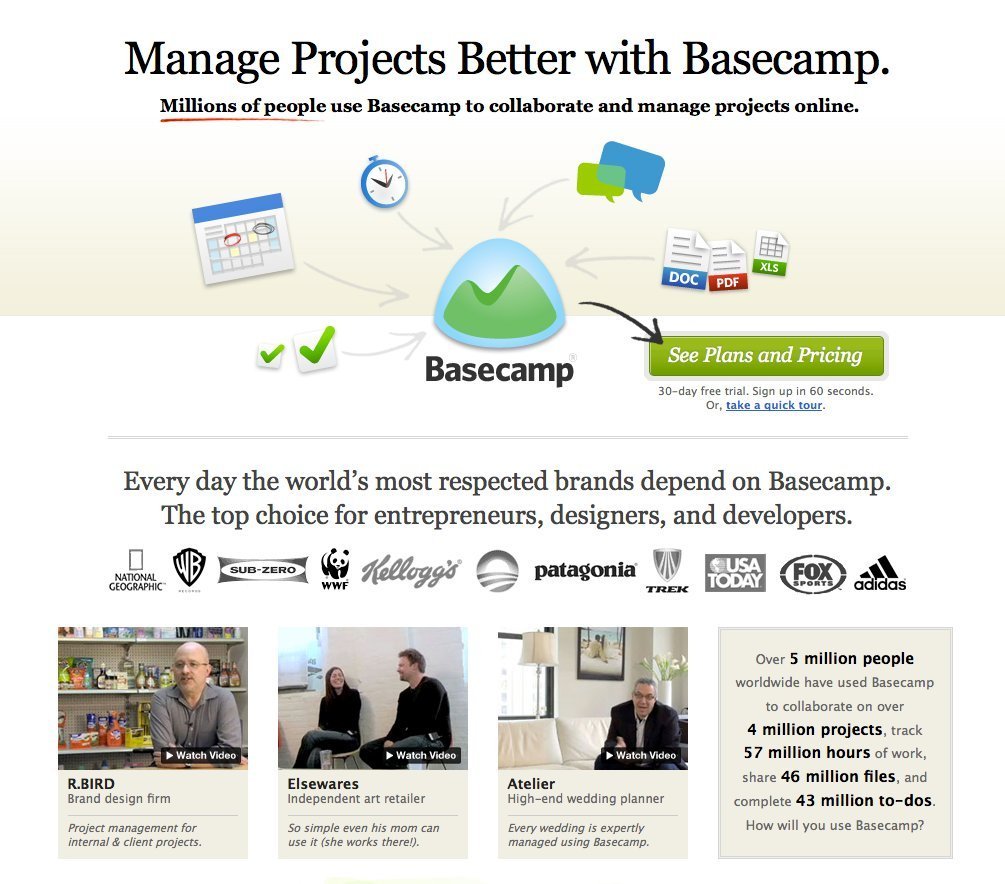Convincing your users to sign up, letting them understand how you can help, or seducing them to engage, requires serious persuasion skills. In this blog post I apply Aristotle’s 3 means of persuasion to web design: how to appeal to logic, emotions, and credibility.
Even though plenty has been researched and written about effectively communicating and convincing your target audience since Aristotle’s 2000 year old basic principles of persuasion were written, they still remain among the most widely used methods of communicating effectively.
Aristotle's three means of persuasion
When speaking in public, Aristotle claimed that persuasion relies on the character of the speaker (credibility/ethos), the emotional state of the hearer (pathos), and in the argument (logos) itself. Although Aristotle’s principles only addressed how to effectively speak in public, they also ring true when communicating by other means: writing, photographing, painting, or even designing for the web.
I am going to use a common persuasive design pattern to illustrate how each of Aristotle’s means of persuasion can be used: the persuasive design pattern of Social proof. Designing for Social proof is acknowledging the fact that “we tend to follow the patterns of similar others in new or unfamiliar situations”.
Aristotle's 2000 year old basic principles of persuasion still remain among the most widely used methods of communicating effectively.
Logos – appealing to logic
You appeal to logos when you have a sound argument that in itself will demonstrate that something is the case. This is most often done by using facts and statistics, quotations from experts, or informed opinions.
You can’t argue facts, so if your blog has a lot of readers, establish social proof by displaying how many. If you have helped your customers earn money, show with facts and figures how much. If you want to persuade people to stop wasting energy, show them with facts and figures how big a negative impact their energy waste is having on the world.
Examples of appealing to logos in web design

The basis of the Digg.com model is the Social Proof persuasive design pattern. The site relies on the fact that if similar others have found something valuable it is most likely also valuable to me.
Emotions have the power to modify our judgments
Pathos – appealing to emotions
Emotions have the power to modify our judgments, why appealing to emotions can help burst positive arguments or dampen negative arguments. Examples of using pathos to persuade are emotional outbursts, overstatements, narratives about emotional events, figurative or vivid language, or conveying connotative meanings.
Examples of appealing to pathos in web design

The marketing site for the project management tool, Basecamp, tries to persuade potential customers by appealing to their emotions. They use emotional and vivid sentences that have no base in measurable facts like "...so simple you can't do anything wrong..." and "Meet your milestones and deadlines".

Mailchimp's "Why MailChimp" page is one huge text-book example of using social proof. They start the page by listing facts about their popularity ("450,000 users and 20 million emails served daily"), continue to display am emotional outburst from a respected individual in the community ("It's a wonderful thing to know that our email isn't something we have to worry about anymore"), and finishes by showing their credibility with a list of their most prominent customers.
Ethos – appealing to ethics, moral, and character
Your audience will judge your propositions as being more true and acceptable if you succeed to establish your credibility. Aristotle argued that three things must be communicated in order to appear trustworthy:
- Practical intelligence – phronêsis
- A virtuous character – areté
- Good will – eunoia
Showing phronêsis is showing that you are wise – not in the form of knowledge (sophia), but in the form of know-how or practical thought and wisdom.
Examples of appealing to ethos
Showing phronêsis is showing that you are wise - not in the form of knowledge (sophia), but in the form of know-how or practical thought and wisdom.

Another part of Basecamp marketing site builds credibility for their product by listing prominent customers, underlining that "Millions of people" use Basecamp, and follow up with videos of respected customers explaining what they like about Basecamp. They appeal to ethos.
Be mindful about how you communicate
Try to find ways to appeal all three means of persuasion: to logos, pathos, and ethos, and not just one of the three.
Plan how you are going to use the three means in combination. Are you going to first establish facts (logos) and then be passionate (pathos)? Or are you going to surprise with passionate arguments first, and then let your audience know that you know what you are talking about (ethos)?
Sources
1 Aristotle’s Rhetoric, Stanford Encyclopedia of Philosophy
4 comments
Nasser Hadjloo on Oct 03, 2010
I’m following this blogfor a long time but this post was the one which I have to say – Thank you – for it. it was good and exactly close to point. I’m looking for similar articles.
Warren Miller on Dec 04, 2010
Very good introduction to the rhetorical trinity! You’ve done a really good job of using practical examples to drive the point home. I’m glad I’m not the only one who likes applying Aristotle to web design. Will you be doing anything else like this in future?
Anders Toxboe on Dec 30, 2010
@Warren Miller: I’m glad you like it. I certainly am going to do more like this in the future. I’m working on a new site solely focused on persuasive design.
threadsfaisal on Jan 24, 2012
Very good introduction to the rhetorical trinity! You’ve done a really good job of using practical examples to drive the point home. I’m glad I’m not the only one who likes applying Aristotle to web design. Will you be doing anything else like this in future?
Comments have been closed